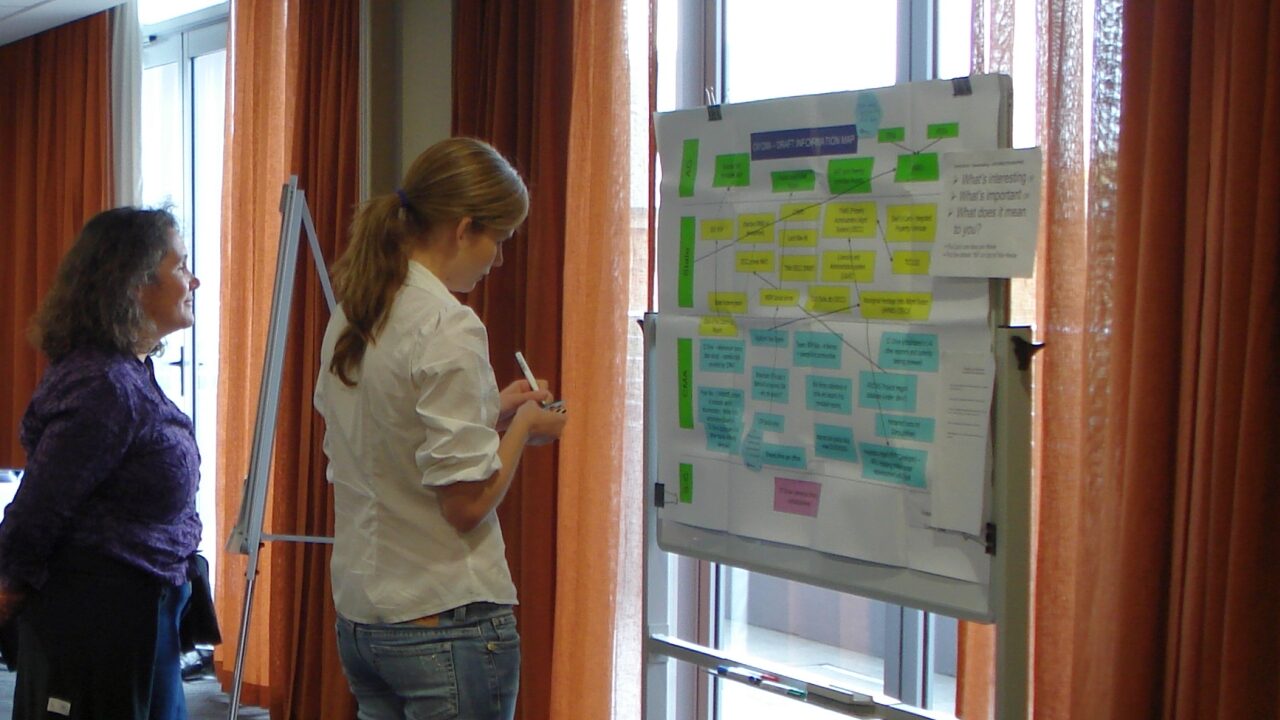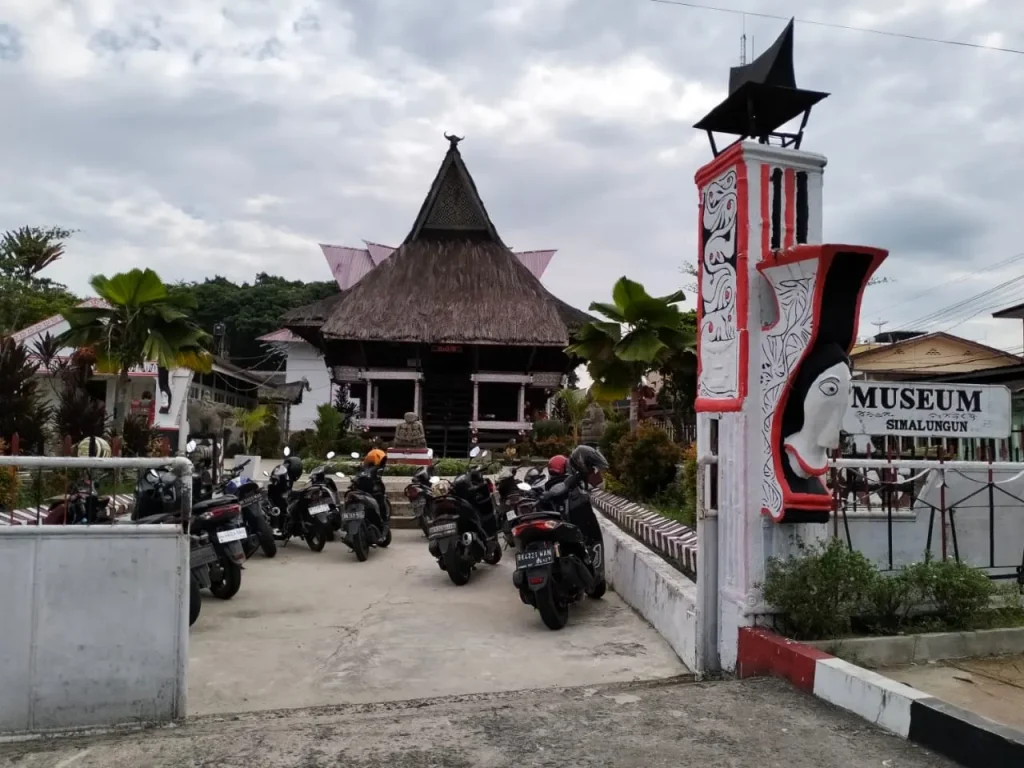JAKARTA, adminca.sch.id – Knowledge mapping is a powerful technique used to visualize the flow of information within an organization. It helps administrators and teams understand how knowledge is created, shared, and utilized, ultimately improving decision-making and efficiency. In this article, we will explore practical tips for effective knowledge mapping, as well as common pitfalls to avoid, ensuring that your efforts lead to meaningful insights and enhanced organizational performance.
Understanding Knowledge Mapping

What Is Knowledge Mapping?
Knowledge mapping involves creating visual representations of information, processes, and relationships within an organization. These maps can take various forms, including flowcharts, diagrams, and mind maps, and are used to illustrate how knowledge flows between individuals, teams, and departments. By mapping knowledge, organizations can identify gaps, redundancies, and opportunities for improvement.
The Importance of Knowledge Mapping
- Enhanced Clarity: Knowledge mapping provides a clear visual representation of information flow, making it easier for stakeholders to understand complex processes.
- Improved Communication: Visual tools facilitate better communication among team members and departments, fostering collaboration and reducing misunderstandings.
- Identifying Knowledge Gaps: Mapping helps identify areas where knowledge is lacking or not effectively shared, allowing organizations to address these gaps proactively.
- Streamlined Processes: By visualizing workflows, organizations can identify inefficiencies and streamline processes, leading to increased productivity.
Real Tips for Effective Knowledge Mapping
1. Define Your Objectives
Goal Setting
- Identify Purpose: Clearly define the purpose of your knowledge map. Are you looking to improve communication, streamline processes, or identify knowledge gaps?
- Engage Stakeholders: Involve key stakeholders in the goal-setting process to ensure that the map meets the needs of those who will use it.
2. Gather Relevant Information
Data Collection
- Conduct Interviews: Speak with team members and stakeholders to gather insights on information flow, existing processes, and challenges faced.
- Review Existing Documentation: Analyze current documents, reports, and workflows to understand how knowledge is currently mapped and utilized.
3. Choose the Right Mapping Tool
Tool Selection
- Select Appropriate Software: Use tools like Lucidchart, MindMeister, or Microsoft Visio, which offer user-friendly interfaces for creating knowledge maps.
- Consider Collaboration Features: Opt for tools that allow for real-time collaboration, enabling team members to contribute to the mapping process.
4. Create a Clear Visual Representation
Design Principles
- Use Simple Symbols: Utilize clear symbols and colors to represent different types of information and relationships, ensuring the map is easy to understand.
- Maintain Consistency: Keep the design consistent throughout the map to avoid confusion and enhance readability.
5. Involve Team Members
Collaborative Mapping
- Encourage Participation: Involve team members in the mapping process to gather diverse perspectives and insights.
- Facilitate Workshops: Organize workshops where stakeholders can collaboratively create and refine the knowledge map.
6. Regularly Update the Knowledge Map
Continuous Improvement
- Schedule Reviews: Establish a regular review process to update the knowledge map as processes, personnel, or information changes.
- Solicit Feedback: Encourage team members to provide feedback on the map’s effectiveness and suggest improvements.
7. Utilize the Map for Training and Onboarding
Leveraging Knowledge Maps
- Incorporate into Training Programs: Use the knowledge map as a training tool for new employees, helping them understand information flow and key processes.
- Create Reference Materials: Develop reference guides based on the knowledge map to support ongoing learning and development.
Epic Blunders to Avoid in Knowledge Mapping
1. Overcomplicating the Map
Common Mistake
- Avoid Clutter: Including too much information can make the map confusing and difficult to read. Focus on essential elements and keep it simple.
2. Neglecting Stakeholder Input
Pitfall
- Ignoring Perspectives: Failing to involve key stakeholders can lead to a map that does not accurately reflect information flow or address relevant challenges.
3. Using Inconsistent Symbols and Terminology
Design Error
- Maintain Consistency: Using different symbols or terminology can confuse users. Ensure that all elements are clearly defined and consistently applied.
4. Failing to Update the Map
Consequence
- Stale Information: Neglecting to update the knowledge map can result in outdated information, leading to inefficiencies and misunderstandings.
5. Not Training Team Members on the Map’s Use
Lack of Awareness
- Provide Training: If team members are not trained on how to use the knowledge map effectively, its potential benefits may be lost.
Conclusion
Knowledge mapping is a vital tool for visualizing information flow in administration, enhancing communication, and improving organizational efficiency. By following the tips outlined in this article and avoiding common pitfalls, you can create effective knowledge maps that drive better decision-making and foster a culture of continuous improvement. Embrace the power of knowledge mapping to unlock the full potential of your organization.
Improve Your Abilities: Explore Our content on Knowledge
Take a Look at Our Latest Article on Administrative Efficiency: Streamlining Processes with Knowledge!



